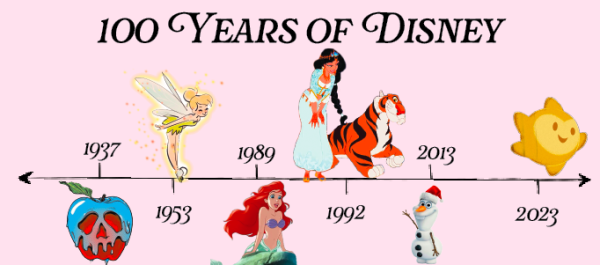Digital Footprint
Digital footprints record the history of your online presence, but unlike tracks in the sand, they are permanent traceable marks that you leave behind on the internet.
January 25, 2023
We live in a digital age; our online presence is tracked and monitored. Data is used to keep users engaged on platforms selling them content, products, and various services through targeted advertising.
A digital footprint is a digital record of a user’s online presence and data. Digital footprints contain every single action one makes on the internet. Advertisers are granted data about users so they can curate individual targeted ads and content towards the user. Unfortunately, advertisers are not the only ones buying data– insurance providers, potential employers, and governments do as well. With a multitude of companies accessing millions of users’ data, a single misstep could result in an insurance provider denying coverage or an employer hiring another candidate. Law enforcement also uses data to potentially investigate citizens.
Advertising companies use algorithms to categorize users depending on their search history. Every click, every page load, and every time a user hovers their cursor over a specific product a millisecond longer becomes a data point. Depending on how a user is classified, advertisers can deduce what type of person the user is and advertise accordingly.
“For instance, if a user goes to soccer websites like ESPN, and does Google searches for Ronaldo, data tracking companies will assume they are a soccer fan. But beyond that, they might make assumptions that you are a 20-30-year-old male, and then they can show you advertisements for other things that might interest that demographic,” said Danny Steffy, Staff Data Engineerl.
Knowing how data is collected is crucial to understanding how targeted advertisements work. Companies collect data when users visit their websites, but third-party systems also have the means to track users. Websites assign users cookies, a cookie is a unique identifier used to see a persons digital activity.
Opt-out options are not always what they appear to be. “The ‘opt-out’ option means that your identifier will not be shared with third parties, so you will not be tracked in that way. However, whatever service your using is likely doing its own tracking and could be selling your user data to advertisers. It is a safe assumption that every free service is likely selling your data to make a profit,” said Taylor Tally, Senior Software Engineer.
In accessing the ethics of this practice, Tally raises both sides of the argument. “It is a difficult question that depends on what data is being collected and how it can be used. There is a valid use case of being able to show people relevant ads, which is a better experience for everyone involved, both advertisers and users. The internet, after all, does need advertising to be able to exist; otherwise, sites would not be able to pay their bills. On the other hand, the concerns come in when companies start collecting personally identifiable, sensitive information, as well as companies using targeting data for nefarious means, like spreading misinformation to people that are likely to believe it.”
As the amount of data collected about a user grows, so does their digital footprint. Companies are beginning to collect even more data as our lives start to coexist more with the internet. Consumer protection may be an essential way to protect ourselves online. Tally clarified, “There should be regulations around what types of data can be collected, how anonymous it needs to be, and how it can be used. People can not trust private companies to self-regulate, since their answer will always be what makes them the most money.”

















